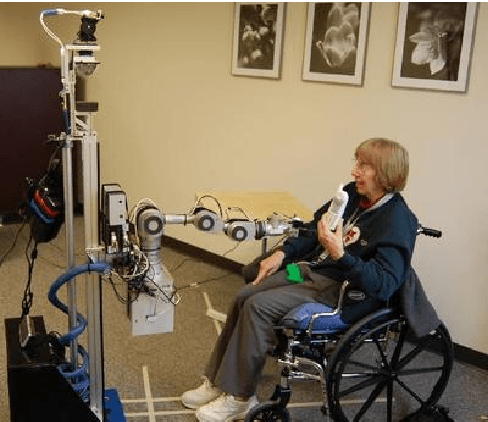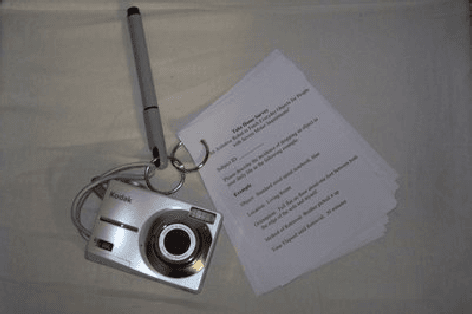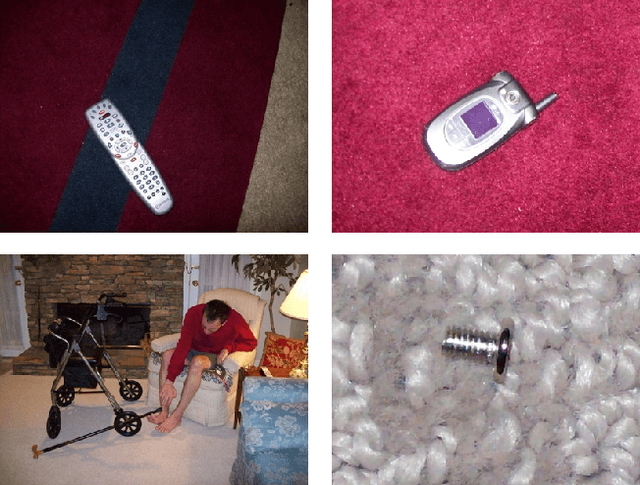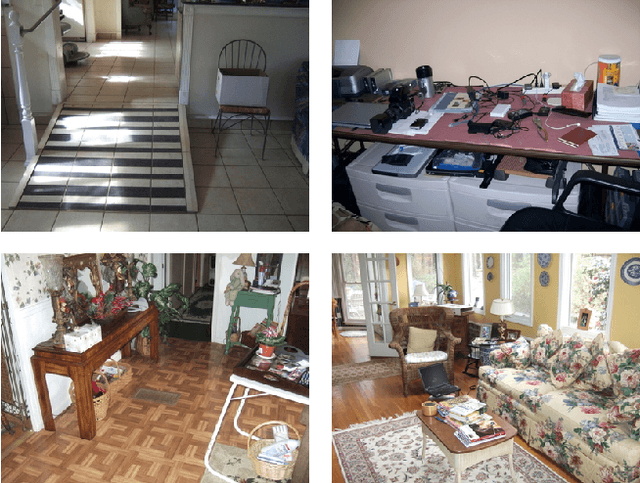Travis Deyle
A New Vision for Smart Objects and the Internet of Things: Mobile Robots and Long-Range UHF RFID Sensor Tags
Jul 09, 2015



Abstract:We present a new vision for smart objects and the Internet of Things wherein mobile robots interact with wirelessly-powered, long-range, ultra-high frequency radio frequency identification (UHF RFID) tags outfitted with sensing capabilities. We explore the technology innovations driving this vision by examining recently-commercialized sensor tags that could be affixed-to or embedded-in objects or the environment to yield true embodied intelligence. Using a pair of autonomous mobile robots outfitted with UHF RFID readers, we explore several potential applications where mobile robots interact with sensor tags to perform tasks such as: soil moisture sensing, remote crop monitoring, infrastructure monitoring, water quality monitoring, and remote sensor deployment.
A List of Household Objects for Robotic Retrieval Prioritized by People with ALS
Feb 12, 2009



Abstract:This technical report is designed to serve as a citable reference for the original prioritized object list that the Healthcare Robotics Lab at Georgia Tech released on its website in September of 2008. It is also expected to serve as the primary citable reference for the research associated with this list until the publication of a detailed, peer-reviewed paper. The original prioritized list of object classes resulted from a needs assessment involving 8 motor-impaired patients with amyotrophic lateral sclerosis (ALS) and targeted, in-person interviews of 15 motor-impaired ALS patients. All of these participants were drawn from the Emory ALS Center. The prioritized object list consists of 43 object classes ranked by how important the participants considered each class to be for retrieval by an assistive robot. We intend for this list to be used by researchers to inform the design and benchmarking of robotic systems, especially research related to autonomous mobile manipulation.
 Add to Chrome
Add to Chrome Add to Firefox
Add to Firefox Add to Edge
Add to Edge